Revamping an old pool that’s lost its former charm can breathe new life into your backyard retreat. One of the most effective solutions is installing a PVC liner. Plastered pools and ceramic tiled pools wear out over time—cracks, leaks, and faded finishes diminish their appeal. Repairing these pools the traditional way is a costly endeavor. However, retrofitting with a PVC membrane offers a practical and affordable fix, transforming aging pools while restoring their functionality and beauty.
The Need for Pool Renovation
Plastered and ceramic tiled pools deteriorate with age. Plaster, a solid concrete coating, breaks down under chemical exposure, weather, and organic buildup, resulting in rough surfaces, stains, or cracks. Ceramic tiles, though stylish, can crack, loosen, or develop grout issues, leading to leaks and maintenance challenges.
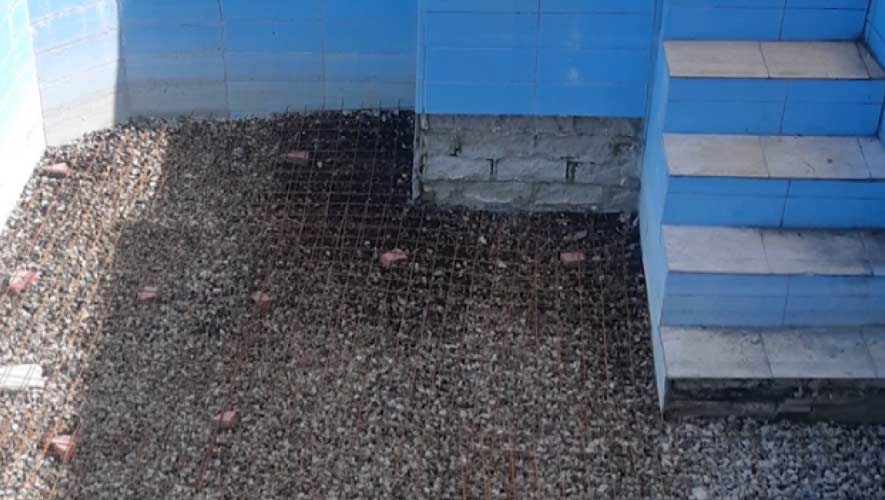
Repairing these surfaces—replastering or retiling—is labor-intensive and pricey. A PVC liner retrofit, also known as pool resurfacing, where a polyvinyl chloride membrane is placed over the existing structure, tackles these problems efficiently, providing a new waterproof layer without requiring a full overhaul.
How PVC Liner Retrofits Work
Retrofitting involves placing a PVC liner over the old pool’s surface, typically a concrete base. The process includes these steps:
- Assessment and Prep: The pool is checked for structural soundness, with major cracks or damage in the base, walls, or floor repaired. The surface is cleaned and leveled.
- Replacing Old Components: Old return jets, skimmers, and drain fittings are swapped for new ones designed for PVC liners. Made from durable, affordable plastic, these differ from those used in plastered or tiled pools.
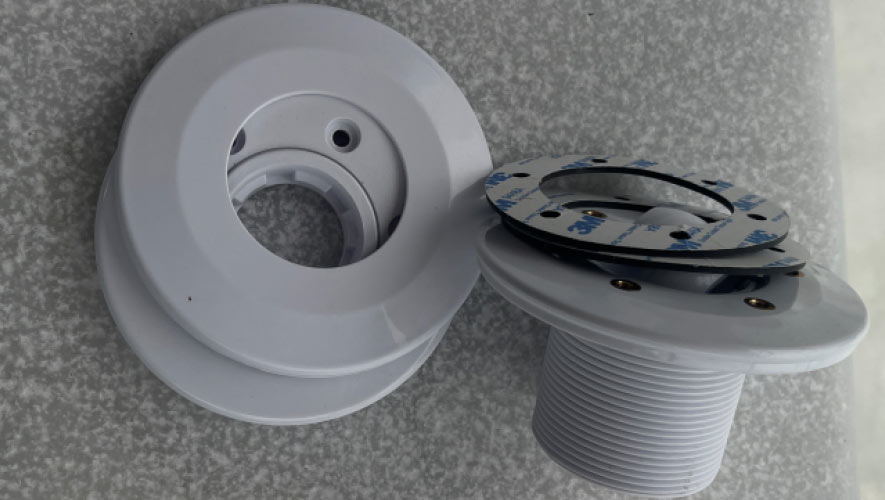
- Liner Installation: Strips of PVC membrane are laid into the pool, secured with adhesive, and welded together using a hot-air gun. Overlapping double seams ensure complete waterproofing.
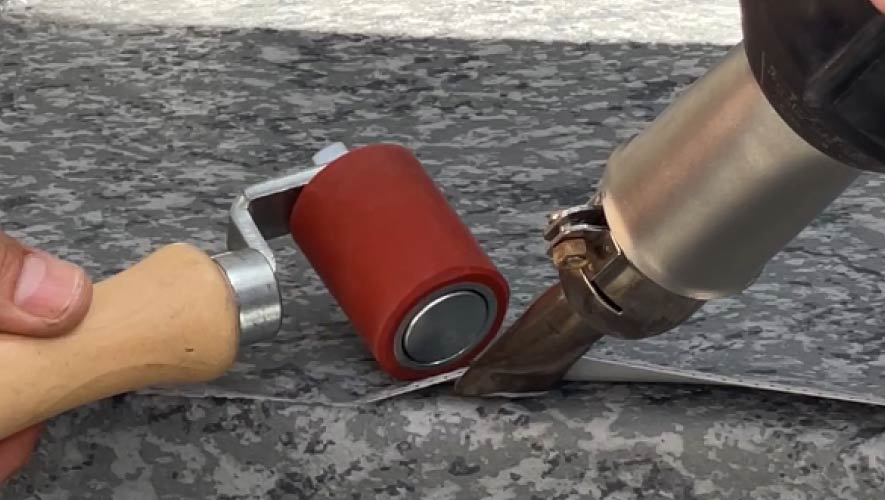
This approach avoids removing the old finish entirely, saving time and effort compared to traditional repairs.
Why Choose PVC Liners for Retrofits?
PVC liner retrofits outshine reconstruction for plastered and tiled pools due to their distinct advantages:
- Waterproofing: The PVC membrane eliminates leaks from cracked plaster or detached tiles, ensuring a watertight pool without major structural fixes. Cracks in the concrete base won’t affect its seal.
- Smooth Surface: Unlike rough plaster or high-maintenance tile grout, PVC provides an easy-to-clean finish that resists algae well.
- Customization: Available in various colors, patterns, and textures, PVC liners can dramatically transform the pool’s appearance.
These qualities make retrofitting a practical alternative to patching old surfaces.
Cost-Effectiveness of PVC Retrofits
Retrofitting with PVC liners is far cheaper than traditional methods:
- Lower Material Costs: A PVC liner costs much less than replastering or retiling, which demand expensive materials.
- Reduced Labor: Installation takes days, not weeks, cutting labor expenses. Replastering or retiling requires skilled workers and lengthy processes, increasing costs.
- Long-Term Savings: High-quality PVC membrane, like Cefil 60 mil liner, last over 20 years with minimal upkeep—less need for chemicals or repairs compared to plaster’s frequent acid washing or tile grout maintenance.
Comparison to Other Pool Types
PVC liner retrofits outperform alternatives for old plastered and tiled pools. Fully concrete pools, when replastered, face recurring issues—cracks reemerge, and chemical wear persists, raising long-term costs. Ceramic tiled pools require meticulous retiling, with high material and labor expenses plus ongoing grout care. Fiberglass shells, another option, demand a full replacement, far exceeding retrofit costs. By contrast, PVC liners overlay the existing pool, leveraging its structure while adding a durable, low-maintenance finish.
Environmental and Aesthetic Benefits
PVC retrofits align with modern needs. They reduce waste by reusing the old pool shell, unlike full replacements that create debris. Aesthetically, PVC liners can mimic tile patterns or plaster shades, refreshing the pool’s look without premium finish costs. This blend of practicality and style boosts property value affordably.
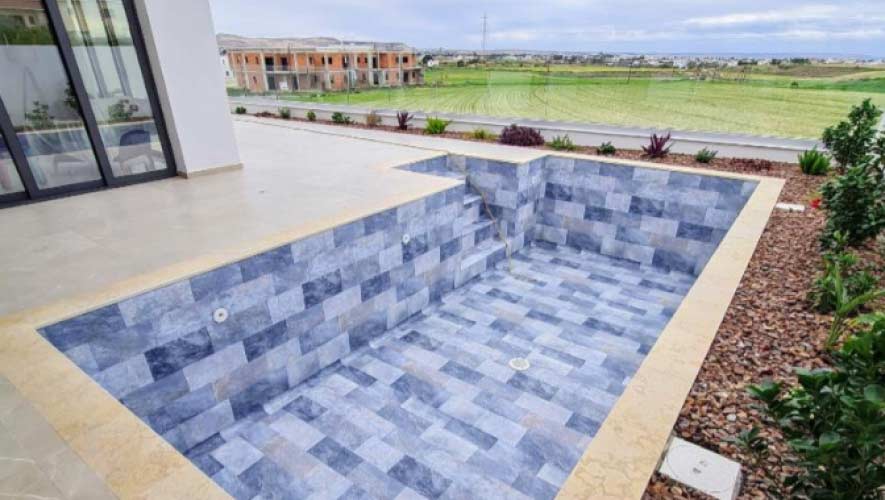
Addressing Potential Concerns
Some fear PVC liners lack durability, but proper installation and care—maintaining pH (7.2-7.6) and chlorine (1-3 ppm)—ensure 20+ years of life for thick, reinforced membranes. For old pools with a solid base, PVC retrofits maximize existing assets without complicating repairs.
Conclusion
Transforming old plastered or ceramic tiled pools with PVC liner retrofits is a game-changer. It’s cost-effective, halving or more repair costs compared to replastering or retiling, and practical, with faster installation and easier upkeep. The PVC membrane seals leaks, smooths surfaces, and updates appearances, all while preserving the old pool’s structure. For homeowners weary of cracked plaster or worn tiles, a PVC retrofit offers a revitalized, budget-friendly pool built to last.
Have Questions?
Talk to our specialist! Just fill out the form, and we’ll give you a call!
Where to Order a PVC Pool Retrofit
SAKKO POOL, a pool construction company in Wellington, not only provides a professional assessment of your pool’s condition but also offers a wide range of high-quality PVC membranes from European manufacturers. Our experts install PVC liners quickly, meeting all building standards for reliability and long-term use.

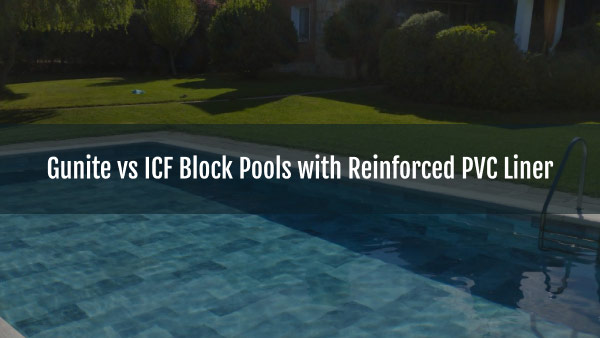


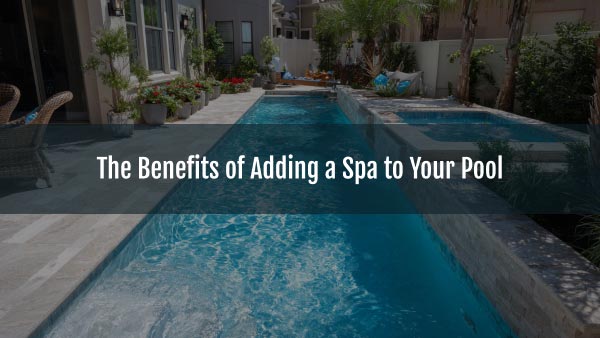


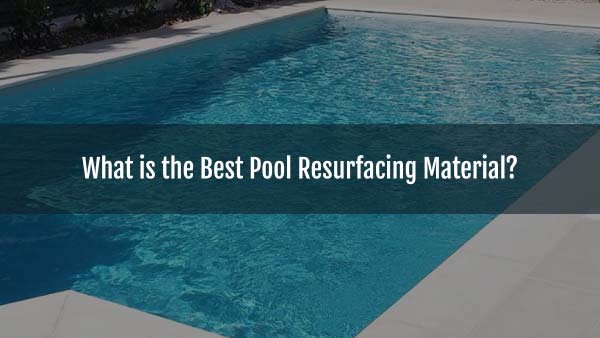


6 Comments
Mark Rubio
How long does it take to install a membrane in a pool?
Konstantin Muraviov
Hi Mark! If the pool base is in good condition and does not require additional work to level the surface, it will only take a few days to install the membrane (depending on the size of the pool).
Bob D
How much cheaper is a membrane compared to plaster?
Konstantin Muraviov
Hi Bob! A quality reinforced PVC membrane together with its installation in the pool costs about the same, even less, than just the plaster itself without the work of applying it. And maintenance of a pool with PVC liner is 3-4 times cheaper than a plastered pool.
Kevin
Can you install a membrane in a pool yourself?
Konstantin Muraviov
Hi Kevin! Installing a PVC membrane in a swimming pool requires specialized equipment and certain skills. Without their knowledge, mistakes can be made that will lead to the need for rework. This will cost more than leaving it to the experts.